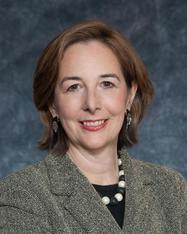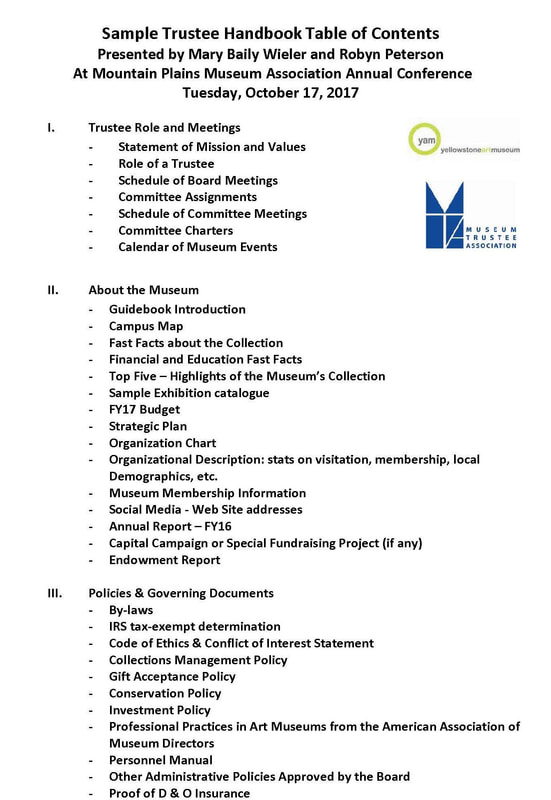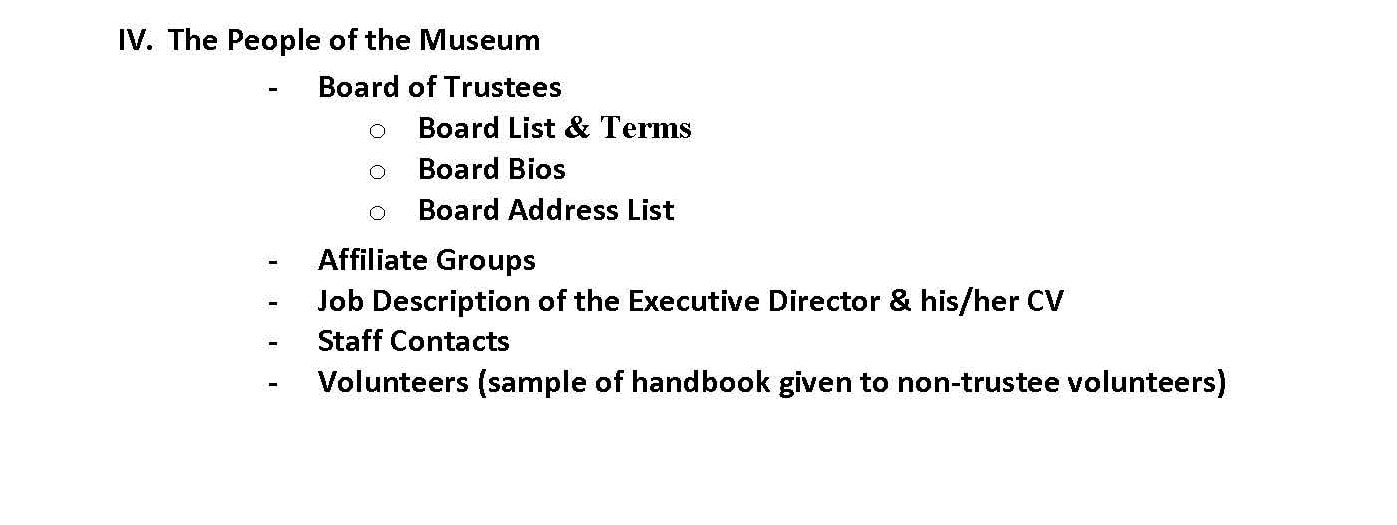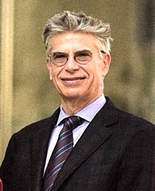By Mary Baily Wieler, MTA President

Self-reflection is the first step to determining how to diversify your board. As 2019 board rosters are newly finalized, now is the perfect time to perform a self-evaluation of your board’s demographics.
Our new edition of the Building Museum Boards template provides the perfect tool for collecting and reporting on board data; your Governance and Nominating Committee can work with our cloud-based system to add board members to your museum’s account, send a tailored profile survey via email, and have responses automatically tabulated. You can easily pull reports on the data they submit and have a clear overview of your board’s composition. In your assessments, it is important to consider not just factors of age, gender, and ethnic background, but also expertise, skills, personality, and areas of influence. A balance of all of these factors are important to creating a robust and self-aware board.
Only by collecting and reviewing this data can you begin to understand the steps that your board needs to take to diversify; further tools in Building Museum Boards will help you to manage your prospective board member list and firm up the ongoing responsibilities of individuals and committees to ensure that the steps you take now continue into the future. The work of the Governance and Nominating Committee is never done; your board profile is not a static document and it will evolve over time as new board members join, others term out, and your strategic plan changes.
MTA members also can take advantage of our Resource Library that contains sample governing documents and board diversity plans. Our members freely share these documents and encourage adaptive reuse.
It is never too early for self-reflection and our affordable tools give you the resources you need to get the process started.
Earlier this month, the Alice L. Walton Foundation, Ford Foundation, and Andrew W. Mellon Foundation announced a historic philanthropic grant to support board diversity and inclusion in the field. In partnership with the American Alliance of Museums, 50 museums in 5 cities will be studied over a multi-year period. We know many of you are already tackling this work at the board and staff levels. If you haven’t started, there is no better time than the new year to begin. MTA is ready to help and looks forward to tracking the progress that our field can continue to make in this arena.
.








 RSS Feed
RSS Feed